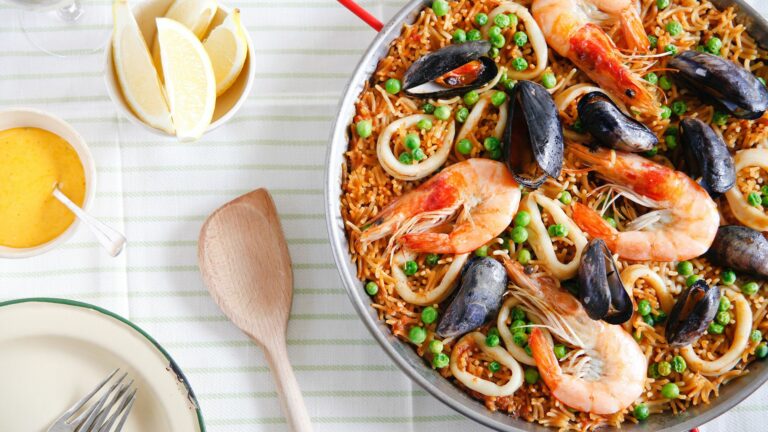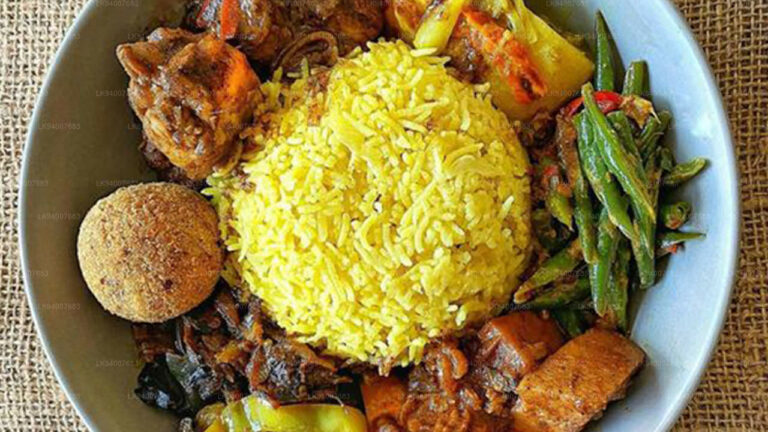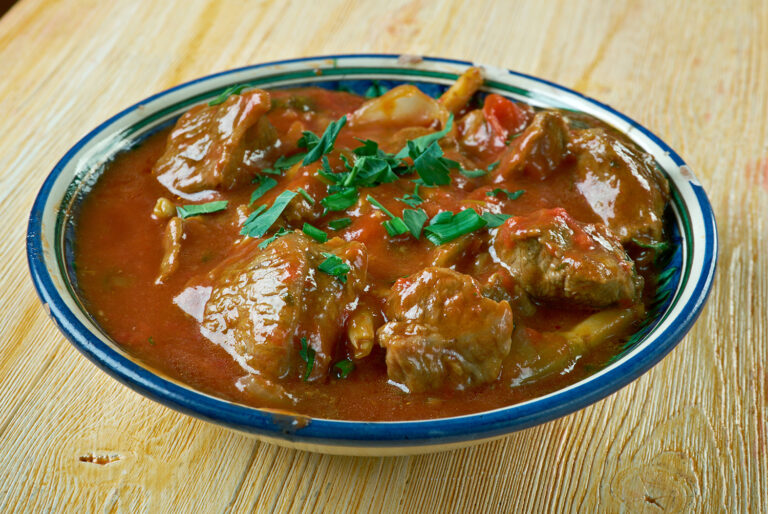Introduction: Defining Heat in Spanish Cuisine
When it comes to Spanish cuisine, heat is a common flavor profile that many associate with the food. But what exactly defines heat in Spanish cooking? Heat refers to the level of spice or piquancy in a dish, which can range from mild to extremely hot. Spanish cuisine is known for its use of bold spices and peppers, but the level of heat can vary greatly depending on the region and dish.
Popular Spices and Peppers in Spanish Cooking
One of the most popular spices in Spanish cuisine is paprika, also known as pimentón. It is made from dried and ground red peppers and can add a smoky depth of flavor to dishes. Another popular spice is saffron, which adds a unique earthy and floral flavor to rice dishes like paella. When it comes to peppers, Spain is known for its use of the shishito pepper, which is a mild pepper that is often served grilled or fried as a tapa. However, Spain is also home to the fiery serrano pepper and the famous spicy sauce, salsa brava.
Mild vs. Spicy: Regional Variations in Spain
Spain is a diverse country, and this is reflected in its cuisine. The level of spiciness can vary greatly depending on the region. For example, southern Spain is known for its use of garlic and paprika, which can add a mild level of heat. In contrast, the cuisine of the Basque Country in northern Spain is known for its bold and spicy flavors, using a variety of peppers and spices to add heat to dishes. The cuisine of Catalonia also features a mix of sweet and spicy flavors, with dishes like romesco sauce, made with peppers and almonds.
Factors Affecting Heat Levels in Spanish Dishes
The heat level of a Spanish dish can be influenced by a variety of factors, including the type and amount of spices used, the freshness of the peppers, and the cooking method. For example, roasting a pepper can bring out its natural sweetness and reduce its level of heat. In addition, the use of other ingredients like vinegar and sugar can also affect the level of spiciness in a dish.
Balancing Flavors: The Art of Spanish Cooking
In Spanish cuisine, it is not just about the level of heat but also about balancing flavors. A dish may be spicy, but it should also have other flavors like sweet, sour, and salty. This is why Spanish chefs often use a variety of ingredients like tomatoes, onions, olives, and citrus fruits to create a harmonious balance of flavors.
Conclusion: Spanish Cuisine Offers a Range of Heat Levels
In conclusion, Spanish cuisine offers a range of heat levels, from mild to extremely spicy. The level of spiciness can vary greatly depending on the region and dish, but it is always balanced with other flavors. Whether you prefer your food mild or spicy, Spanish cuisine has something for everyone to enjoy.



